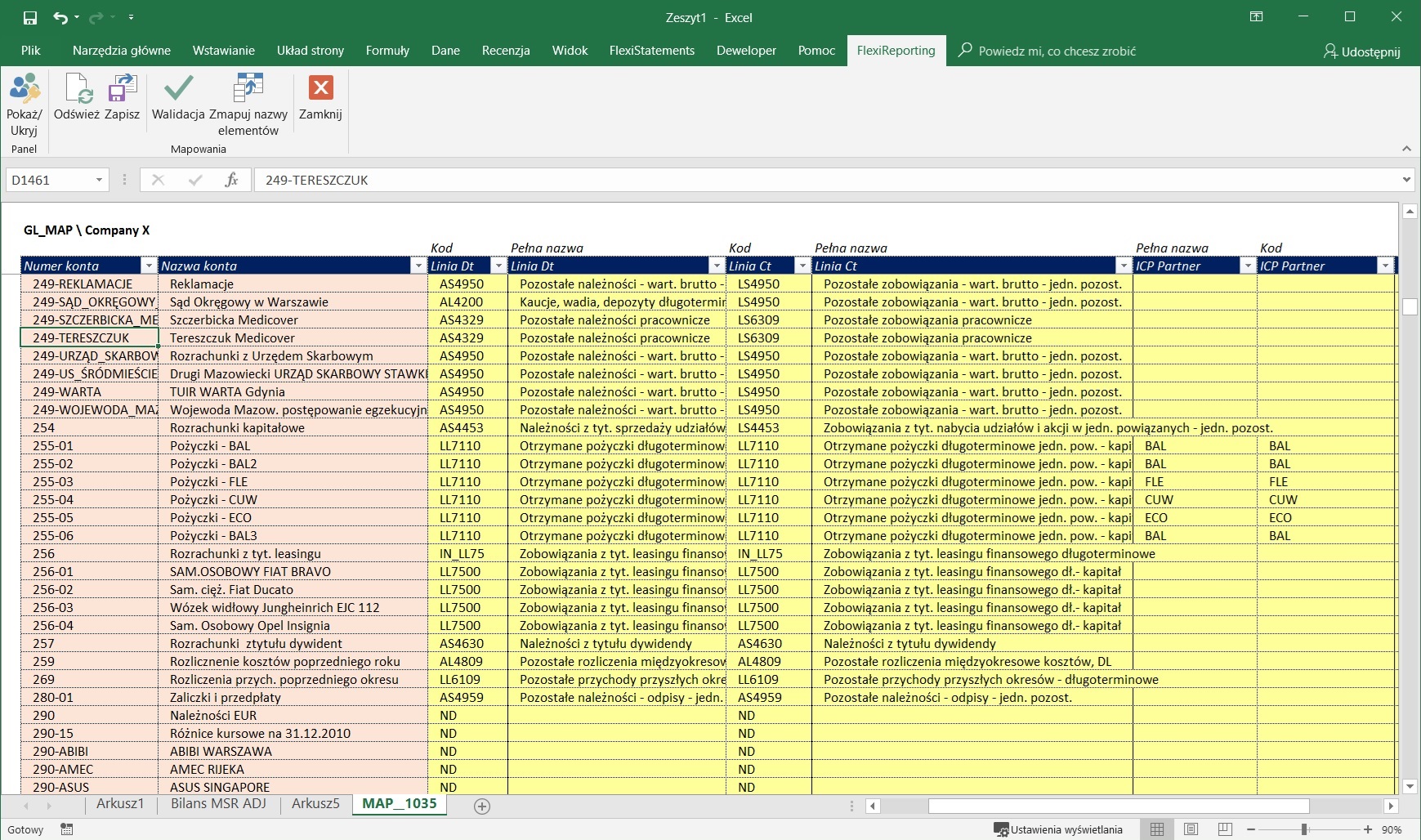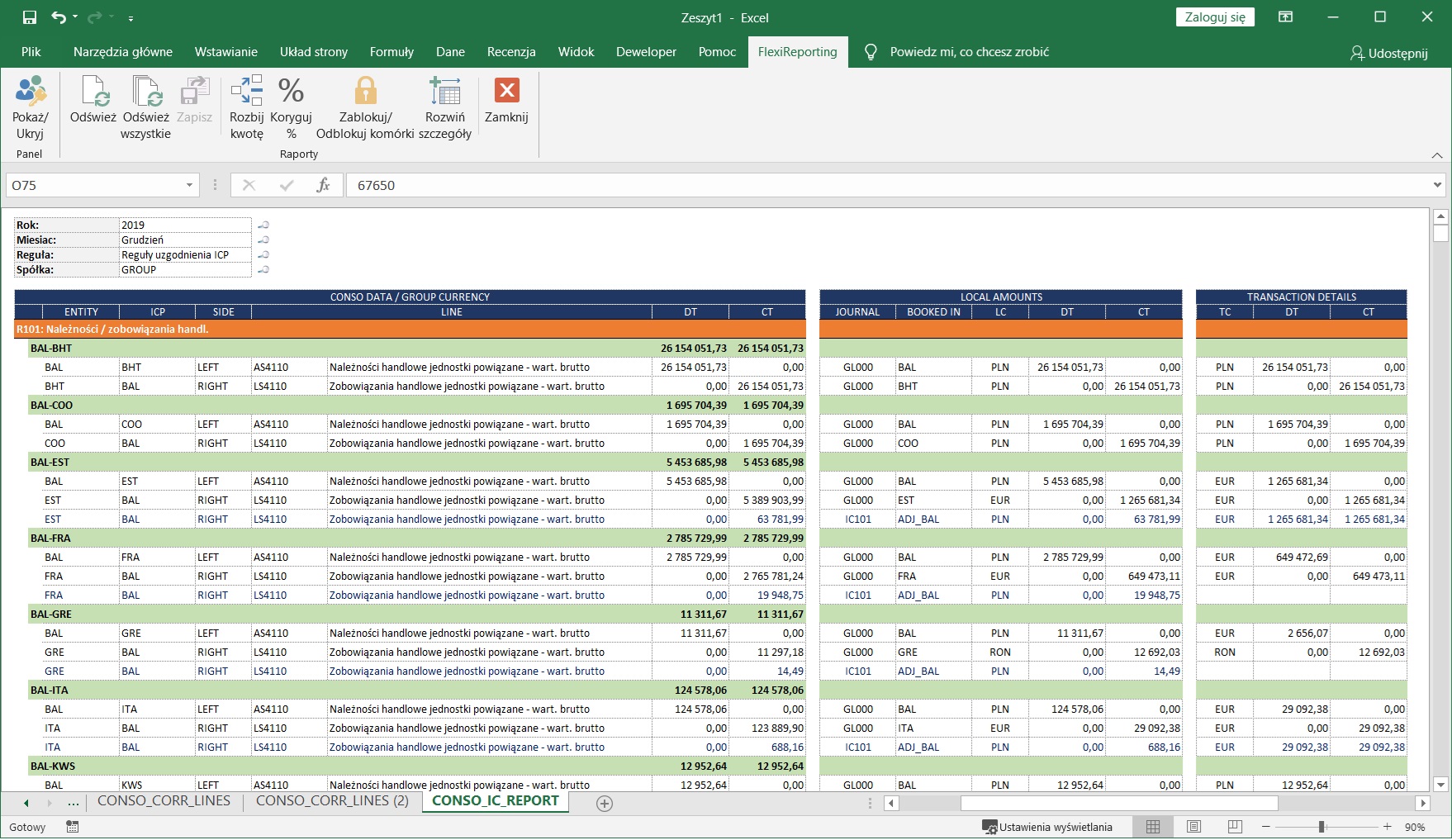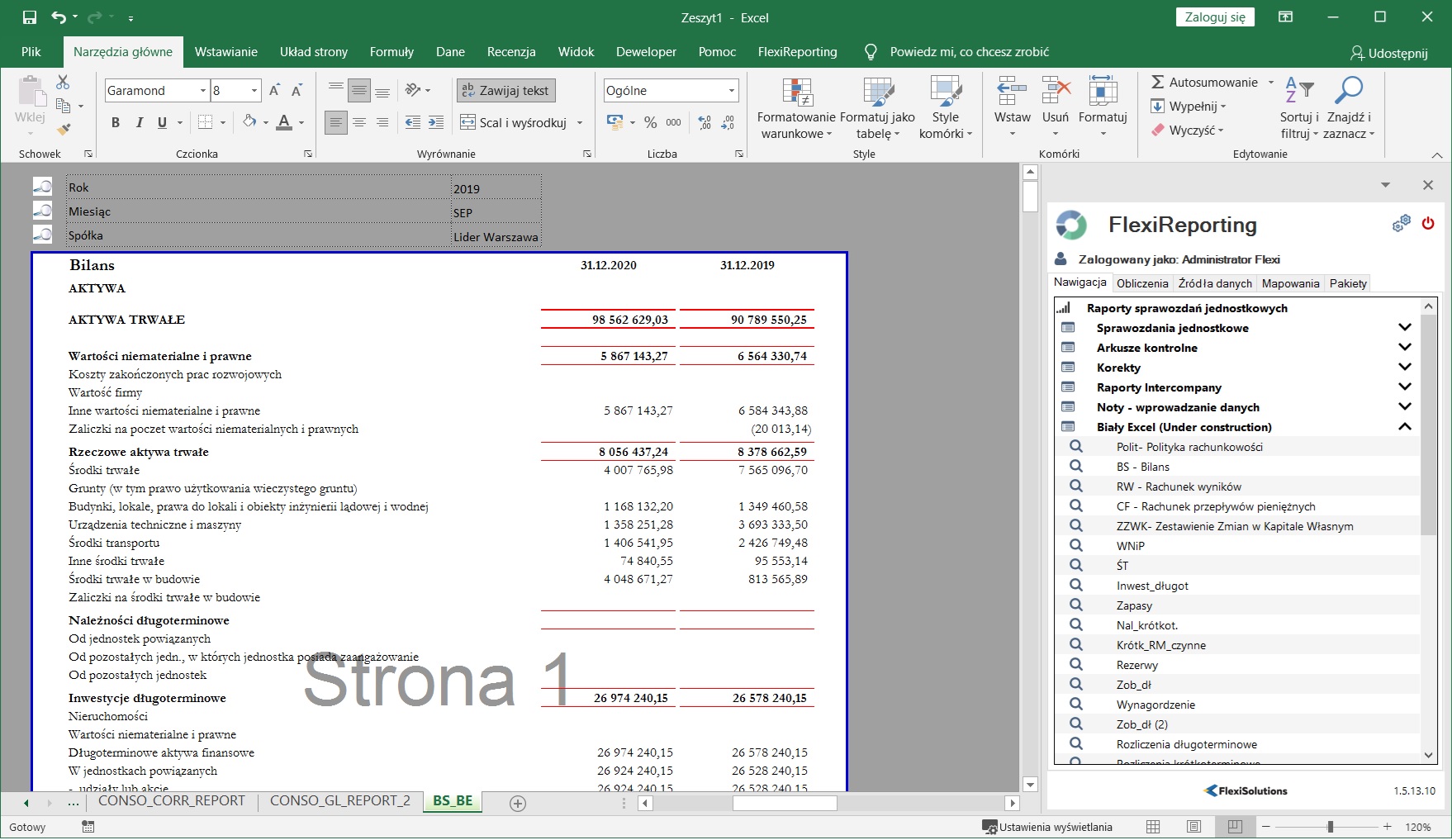
IFRS 16 – lease and perpetual usufruct arrangements
In this post we will answer some common questions on how to recognize and manage lease and perpetual usufruct arrangements to ensure compliance with IFRS 16. We will explain the steps involved in the valuation of assets and liabilities for different types of contracts.





















